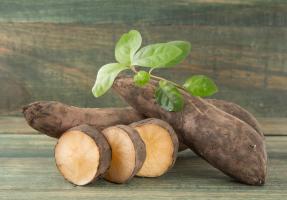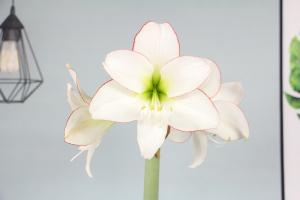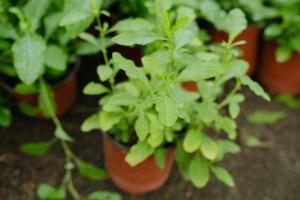Is it Bad to Leave Plants in Plastic Pots?
Plastic pots are commonly used to house plants and they come in a variety of shapes and sizes. While they are convenient and affordable, many people wonder if it is bad to leave plants in plastic pots for extended periods of time. In this article, we will explore the pros and cons of using plastic pots for your plants and provide some tips on how to properly care for them.
The Pros of Using Plastic Pots
Plastic pots are widely available and inexpensive, making them a convenient choice for most gardeners. They are also lightweight and easy to move, which is useful when you need to rearrange your plants or bring them inside during harsh weather conditions. Another advantage of plastic pots is that they are less prone to breakage compared to ceramic or clay pots.
The Cons of Using Plastic Pots
While plastic pots are generally durable, they do have some downsides. For instance, plastic is not breathable, which can lead to poor drainage and root rot if you overwater your plants. Additionally, plastic containers do not provide insulation from extreme temperatures, which can be detrimental to your plants' health. Finally, plastic pots can become brittle over time and eventually crack or break, which will require replacing the pot and transferring the plant to a new container.
How to Properly Care for Plants in Plastic Pots
Despite the drawbacks of plastic pots, they can still be used effectively to house plants with proper care. First, make sure to choose a pot with good drainage holes to prevent water from pooling at the bottom of the container. You can also add a layer of gravel or sand at the bottom of the pot to facilitate drainage. Additionally, avoid overwatering your plants and only water them when the soil is dry to the touch. Finally, periodically remove the plant from the plastic pot and check the roots for signs of rot or overcrowding. If needed, gently trim any excess roots and repot the plant in a slightly larger container.
Alternative Potting Materials
If you are looking for alternative potting materials, there are several options available. Terracotta pots are a popular choice as they are porous and allow for air circulation, but they also tend to dry out quickly and require frequent watering. Fabric pots are also gaining popularity due to their breathability and biodegradability, but they can be more expensive and are not as durable as plastic pots. Another option is to use recycled materials such as old tins, cans, and bottles as makeshift pots, but you will need to make sure they have proper drainage and are safe for your plants.
Conclusion
In conclusion, plastic pots are a convenient and affordable option for housing plants, but they do have some downsides. To prevent any issues, make sure to choose pots with good drainage holes, avoid overwatering, and regularly check the roots for signs of rot or overcrowding. If you are looking for alternative potting materials, terracotta pots, fabric pots, and recycled materials are all viable options. Ultimately, the type of pot you choose will depend on your personal preferences and the specific needs of your plants.

 how many times do yo...
how many times do yo... how many planted tre...
how many planted tre... how many pine trees ...
how many pine trees ... how many pecan trees...
how many pecan trees... how many plants comp...
how many plants comp... how many plants can ...
how many plants can ... how many plants and ...
how many plants and ... how many pepper plan...
how many pepper plan...






























